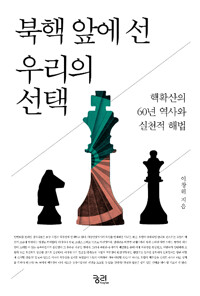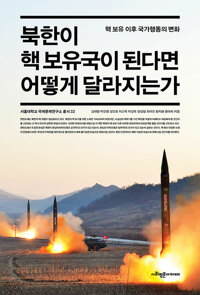
Sanctions, statecraft, and nuclear proliferation
- 발행사항
- Cambridge: Cambridge University Press, 2012
- 형태사항
- xviii, 38p. : 24cm
- ISBN
- 9780521281188
- 청구기호
- 349.82 S686s
- 서지주기
- Includes bibliographical references (pages 352-377) and index
소장정보
| 위치 | 등록번호 | 청구기호 / 출력 | 상태 | 반납예정일 |
|---|---|---|---|---|
지금 이용 불가 (1) | ||||
| 1자료실 | 00015948 | 대출중 | 2024.07.26 | |
- 등록번호
- 00015948
- 상태/반납예정일
- 대출중
- 2024.07.26
- 위치/청구기호(출력)
- 1자료실
책 소개
Leading scholars analyse key dilemmas in the application of sanctions and inducements on states that violate international non-proliferation commitments.
목차
Part I. Anatomy of Inducements: 1. Introduction: the domestic distributional effects of sanctions and positive inducements Etel Solingen; 2. Sanctions, inducements, and market power: political economy of international influence Arthur A. Stein; 3. Empirical trends in sanctions and positive inducements in nonproliferation Celia L. Reynolds and Wilfred T. Wan; Part II. Competing Perspectives: The Range of Sanctions and Positive Inducements: 4. Positive incentives, positive results? Rethinking US counterproliferation policy Miroslav Nincic; 5. An analytically eclectic approach to sanctions and nonproliferation Daniel W. Drezner; 6. Threats for peace? The domestic distributional effects of military threats Sarah Kreps and Zain Pasha; Part III. Reassessing the Record: Focused Perspectives: 7. Influencing Iran's decisions on the nuclear program Alireza Nader; 8. Engaging North Korea: the efficacy of sanctions and inducements Stephan Haggard and Marcus Noland; 9. Contrasting causal mechanisms: Iraq and Libya David D. Palkki and Shane Smith; Part IV. Conclusions: Understanding Causal Mechanisms and Policy Implications: 10. Ten dilemmas in nonproliferation statecraft Etel Solingen; Appendix A; Appendix B.





